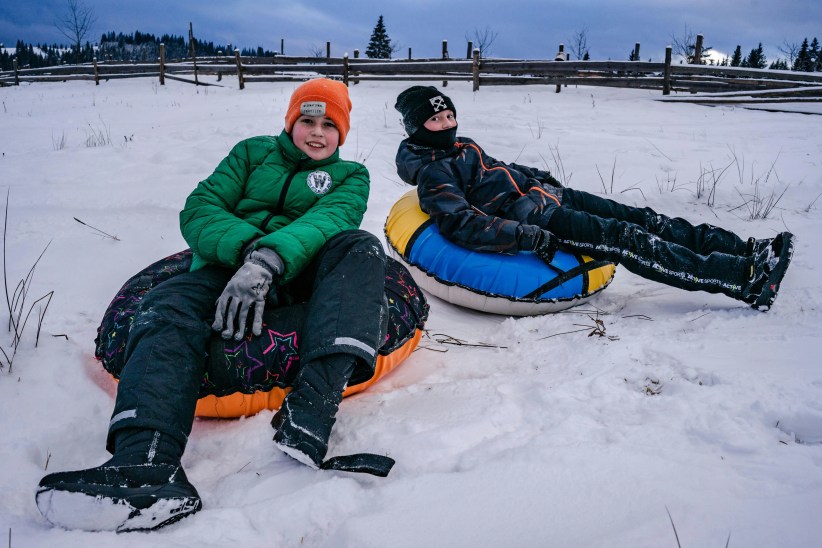The New York City Department of Health and Mental Hygiene (DOHMH) is spraying larvicide over marshy areas, including four sections in Queens as part of the anti-mosquito campaign to fight the spread of West Nile virus - but there’s nothing to worry about, officials say.
Unlike chemical insecticides (the city used a chemical by the trade name of Malathion) which were sprayed in the air and drew complaints of allergic reactions by some city residents, the helicopters will be dropping fine granules of the larvicide directly over wetlands, by low-flying helicopter.
The latest flights were scheduled from Wednesday, August 6 through Friday August 8, between 6 a.m. and 9 p.m., but would be postponed by a day in case of rain.
The areas to be treated are:
The wetland areas of Alley Pond Park, from Little Neck Bay to the vicinity of the Grand Central Parkway, between Bayside and Douglaston.
The marshland around abandoned Flushing Airport, between the Whitestone Expressway and College Point, from Ulmer Street to 20th Avenue.
The marsh areas of the Flushing River, between College Point and Willets Point Boulevards, from about the Whitestone Expressway into Flushing Meadows-Corona Park.
The marshland north of Edgemere, between Grass Hassock Channel and Norton Basin.
The larvicide product, VectoLex CG, contains a naturally-occurring bacterium, which is eaten by mosquito larvae living under the surface of water. The bacteria prevent them from digesting food, and they die.
According to the literature, the agent is most effective against Culex salinarius mosquitoes, which are the most common variety along the eastern seaboard, and are known to carry both West Nile and St. Louis virus.
It works well in fresh and brackish (salty) water with a lot of organic material and growth - which exactly describes New York City wetlands.
Other than killing mosquitoes, the product is known to cause skin and eye irritation in rabbits. Direct contact causes skin and eye irritation to humans.






























